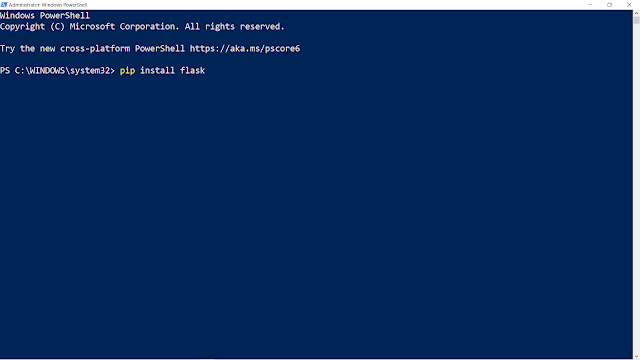learnpython24-(Python Directory and Files Management)
Python Directory and Files Management
In this tutorial, you'll learn about file and directory management in Python, i.e. creating a directory, renaming it, listing all directories, and working with them.
Python Directory
If there are a large number of files to handle in our Python program, we can arrange our code within different directories to make things more manageable.
A directory or folder is a collection of files and subdirectories. Python has the os module that provides us with many useful methods to work with directories (and files as well).
Get Current Directory
We can get the present working directory using the getcwd() method of the os module.
This method returns the current working directory in the form of a string. We can also use the getcwdb() method to get it as bytes object.
>>> import os
>>> os.getcwd()
'C:\\Program Files\\PyScripter'
>>> os.getcwdb()
b'C:\\Program Files\\PyScripter'The extra backslash implies an escape sequence. The print() function will render this properly.
>>> print(os.getcwd())
C:\Program Files\PyScripterChanging Directory
We can change the current working directory by using the chdir() method.
The new path that we want to change into must be supplied as a string to this method. We can use both the forward-slash / or the backward-slash \ to separate the path elements.
It is safer to use an escape sequence when using the backward slash.
>>> os.chdir('C:\\Python33')
>>> print(os.getcwd())
C:\Python33List Directories and Files
All files and sub-directories inside a directory can be retrieved using the listdir() method.
This method takes in a path and returns a list of subdirectories and files in that path. If no path is specified, it returns the list of subdirectories and files from the current working directory.
>>> print(os.getcwd())
C:\Python33
>>> os.listdir()
['DLLs',
'Doc',
'include',
'Lib',
'libs',
'LICENSE.txt',
'NEWS.txt',
'python.exe',
'pythonw.exe',
'README.txt',
'Scripts',
'tcl',
'Tools']
>>> os.listdir('G:\\')
['$RECYCLE.BIN',
'Movies',
'Music',
'Photos',
'Series',
'System Volume Information']Making a New Directory
We can make a new directory using the mkdir() method.
This method takes in the path of the new directory. If the full path is not specified, the new directory is created in the current working directory.
>>> os.mkdir('test')
>>> os.listdir()
['test']Renaming a Directory or a File
The rename() method can rename a directory or a file.
For renaming any directory or file, the rename() method takes in two basic arguments: the old name as the first argument and the new name as the second argument.
>>> os.listdir()
['test']
>>> os.rename('test','new_one')
>>> os.listdir()
['new_one']Removing Directory or File
A file can be removed (deleted) using the remove() method.
Similarly, the rmdir() method removes an empty directory.
>>> os.listdir()
['new_one', 'old.txt']
>>> os.remove('old.txt')
>>> os.listdir()
['new_one']
>>> os.rmdir('new_one')
>>> os.listdir()
[]Note: The rmdir() method can only remove empty directories.
In order to remove a non-empty directory, we can use the rmtree() method inside the shutil module.
>>> os.listdir()
['test']
>>> os.rmdir('test')
Traceback (most recent call last):
...
OSError: [WinError 145] The directory is not empty: 'test'
>>> import shutil
>>> shutil.rmtree('test')
>>> os.listdir()
[]
Comments
Post a Comment